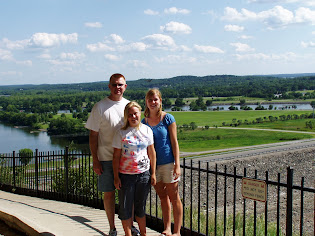This image effectively shows the diversity of the terrain of Patagonia in comparison to other areas of Latin America, much of which is located in the Tropical Region. Much of South America is covered by tropical rain forest and the landscape is dominated by the N-S Andes Mountains which dramatically affect the climate of the continent. Patagonia is characterized by glaciers, which you can see clearly in the Google Earth image above. The land of Patagonia is home to many sheep farmers, because large open areas of steppe can be used for grazing land (also clearly visible on the Eastern side of the region in the image above!). Due to its remoteness and isolation (largely geographical) Patagonia is a huge attraction for recreation. Many visitors come to enjoy hiking, kayaking, and skiing, along with countless other activities.
Incidentally, a large part of the reason this region's climate is so diverse in comparison to the rest of Latin America is because it is located so close to the continent of Antarctica. Often when we think of South America, we think warm and tropical. However, in actuality only about half of the Latin American region is located in the tropical climate zone. This zone starts at the tropic of Cancer at approximately 23 degrees N. The tropical climate ends at the tropic of Capricorn at approximately 23 degrees S. Therefore, it is easy to overlook the climate shift that changes the warm tropical weather of northern S.A. to the diverse climates of southern S.A. which includes areas of dry desert, snowy mountains, and wind-whipped terrain. This image (above) from Google Earth displays a unique perspective of South America that is contrary to the image we see when examining the common N-S, 2-D maps of the world. Spatially, this image gives us a better look at how close the tip of South America is to Antarctica. It also helps account for the change in climate, a climate that serves as a transitional zone between the tropics of Northern Latin American and the bitter cold climate of the Antarctic Peninsula.
Patagonia despite its remoteness is quickly becoming a global business investment. National Geographic discussed globalization and it's affect on the region in a recent article, Land of the Living Wild. Patagonia's economic focus is shifting away from the sheep farming that has fueled it for years.This is largely due to the fall in wool prices in recent years, and the extensive over-grazing of the land that has occurred. Now, much of the Patagonia region has been sold to foreign investors. "Nearly one-sixth of Argentine Patagonia now belongs to 350 foreign owners, many of them Americans." (National Geographic) This globalization of Patagonia threatens the preservation of the native culture of Patagonia and as businesses develop previously desolate land, may clutter the beautiful unscathed landscapes of S. Argentina and Chile which draw so many visitors each year.
Below is a photograph from National Geographic's latest feature on Patagonia: Land of the Living Wild










Post a Comment